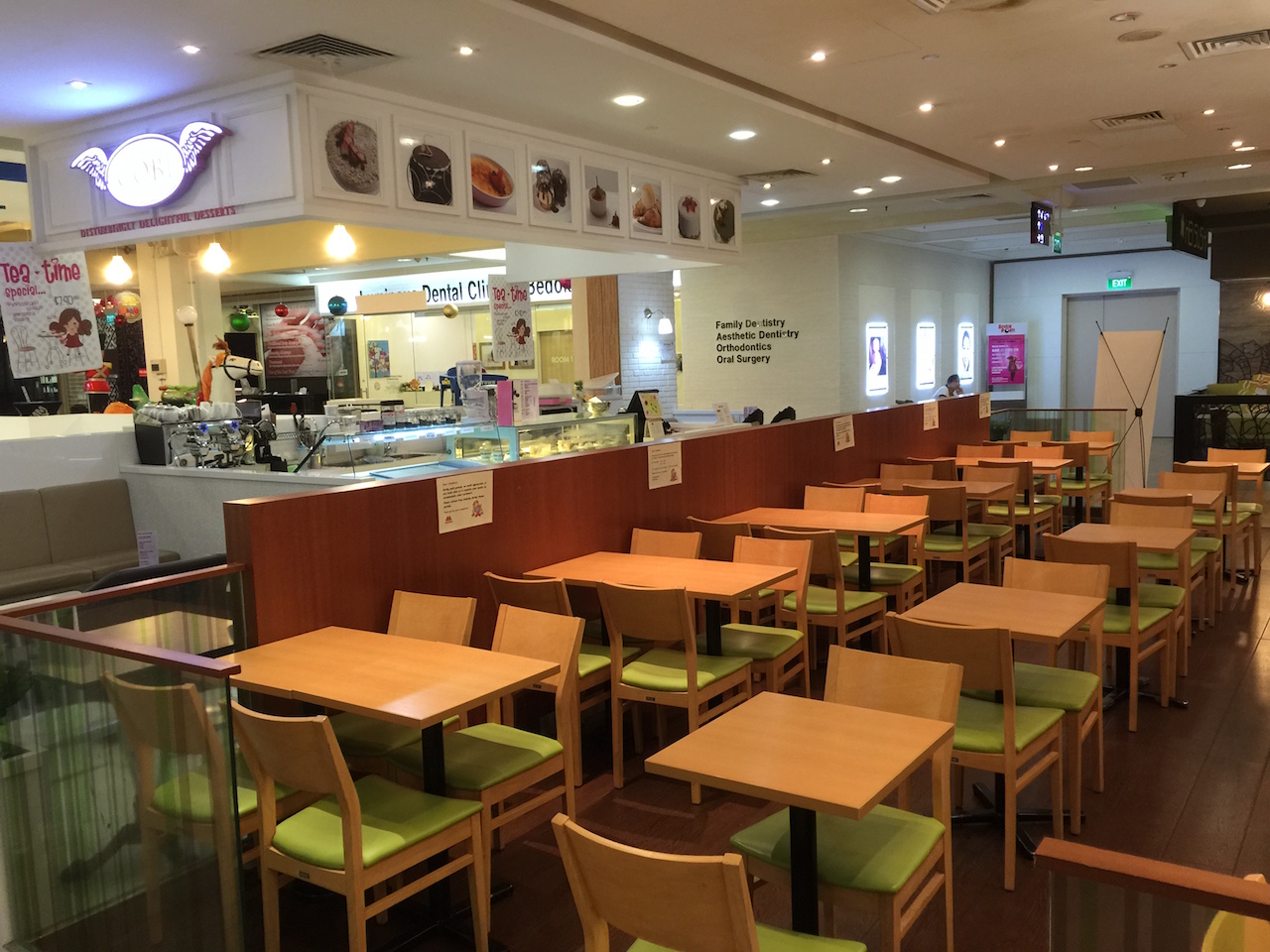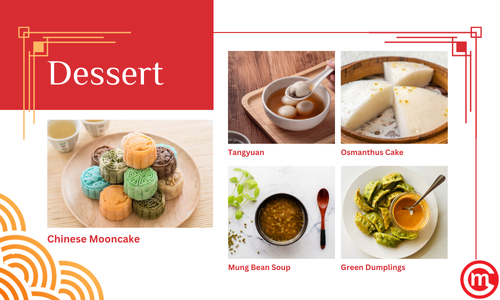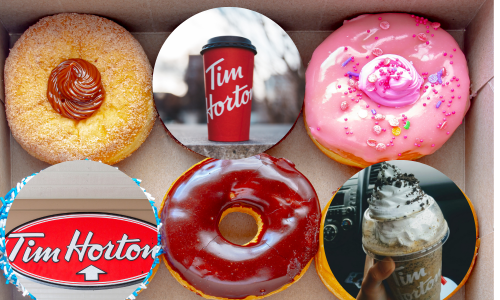How to determine the target market for a restaurant?
How to determine the target market for a restaurant using the design thinking process? Most of us have seen this situation, a crowded restaurant with a long queue and beside it is a restaurant that is totally empty. And the reason is simple - they did not manage to attract the right audience also known as the target audience.
How to use design thinking to determine the target market:
1. Identify between 5-8 different food and beverage outlets within that location comprising of:
Your direct competitor, e.g. if you are selling Sushi, then a Sushi place or a Japanese restaurant.
A mass market brand, e.g. QSR (Quick Service Restaurant).
2. Detailed the extreme users for each outlet:
Identifying the customers that frequent the outlet
Identifying the customers that least frequent the outlet
3. Ask each extreme user on the frequency and the reason of their visit (details of the questions in the article below).
Use together with JTBD (Job-to-be-done) will give one a good insights of your audience persona (target market) and your competitors' one as well.

Featured: Starbucks Target Market
In this session, we look at the target market (audience persona) of Starbucks using design thinking methodology and Jobs theory: JTBD (Job-to-be-done).
In this article, we are using the design thinking process to determine the target audience for a restaurant. The location is set in Tampines Mall, Singapore.
Now, imagine if you are going to set up a new restaurant in this location, Tampines Mall, Singapore. The first question is the traffic flow and based on observation and clicker study, the traffic flow in Tampines Mall is good.
Next is, to determine if this location has the right target market for your restaurant. Using the first process of design thinking (empathy), we will look at the different extreme users of different food and beverage segments within Tampines Mall.
How to determine the target market for your restaurant?
Step 1: Identify a few restaurants in that location
- It must have 2-3 restaurants that are your direct competitor
- It must have a niche restaurant.
- It must comprise of a mass-market restaurant, such as a fast-food restaurant
Step 2: Identify the extreme users for each segment of the restaurants identified.
Do note that the extreme users vary, even restaurants in the same segment, e.g. Mac Donald’s and KFC will have slightly different extreme users, although they are both in the quick-service restaurant (QSR) segment.
The video below is a class exercise on extreme users based on the location, listen to what the students shared about the various groups of extreme users for the different restaurants.
Step 3: Ask each group of extreme users these questions:
- How often do they visit each restaurant?
- Why are they coming to this restaurant?
- What will deter them from going to the restaurant?
The collection of data from step 3 will give you a good representation of:
The reasons consumers are visiting all the restaurants you have identified. And if interviewees are visiting your direct competitors, not because of the value proposition that you have created, then you will need to relook and test out a different hypothesis.
For example, if the data shows a very price-sensitive audience, and their response are related to low pricing, which is not in line with your value proposition then you need to either reconsider this location or see if there is a possibility in running an MVP in this location first.
At the time of this article, the industry is going through an unprecedented crisis - the COVID19. Many countries have gone through a lockdown and are struggling with a reopening. The fact is the consumption pattern changed because of the regulation of safe distancing that are still in place and also the psychological makeup of the shopper (they may be worried to go out for dining).
It is advisable to do another round of extreme user testing to come out with plan and actions suitable for this new situation.
Read about what we have written for COVID19 marketing.
From time to time, we run a free marketing campaign for restaurants, drop us a message if you want to be part of the free marketing to drive traffic to your outlet, read more about what we have done previously in our restaurant marketing guide.
About US | OCM Profile
OCM (OnCoffeeMakers.com) was started in 2007 with the first webpage about coffee machines. And for a number of years, we focused on helping people find their desired coffee machine (we still are helping folks with that! So, if you are looking for coffee machines for office or restaurants - check out the link).
In 2010, we started getting enquiries on restaurant marketing and we start to help food and beverage brands with their marketing. Below are campaigns and events that we have done over the years:
OCM's campaigns: F&B Marketing Ideas by OCM
OCM's Events: F&B Industry events by or with OCM
Check out this restaurant marketing guide to learn more about the many campaigns and companies we have worked with.
Since then, we have also created many marketing workshops and classes for the F&B industry. Many of these modules are still running in tertiary institutions such as Temasek Polytechnic Skillsfuture Academy and also ITE College East COC classes, below are some snippets of our lectures and workshops:
OCM’s F&B workshops: Food and Beverage Marketing Lectures | Workshops - click to watch classes on customer journey map, JTBD and more.
So, if you are looking for industry practitioners to help you scale your coffee or F&B businesses, do drop us a message or book an appointment. Do also check out our various social media platforms on regular F&B and coffee market updates:
For regular coffee (F&B) related videos: OCM Youtube
For Daily Coffee Inspiration (fun coffee content): OCM IG
For insights into the coffee (F&B) industry: OCM LinkedIN
PS: For the coffee lovers, we continue to share coffee articles (and videos) and have also started a free coffee class section (with free online coffee training supported by coffee partners).
Featured coffee brewing method: How to prepare V60 Coffee?
Previously: Making Coffee with a Coffee Sock.
Recent Articles
-
How to Do Menu Engineering: Complete Guide to Restaurant Profitability
Sep 27, 24 03:09 AM
Learn how to do menu engineering to boost your restaurant’s profitability. Discover strategies for menu design, pricing, and maximizing profitability. -
Tim Hortons Singapore is a Canadian Coffee Chain?
Nov 16, 23 09:00 AM
Do you know that Tim Hortons Singapore is a Canadian Coffee Chain? Apparently only 46% knows that in our IG poll! -
Coffee report on WMF Coffee Machine Brand in Singapore
Oct 11, 23 03:45 AM
Coffee report on WMF Coffee Machine Brand in Singapore
Featured: Office Coffee Machines
Follow Oncoffeemakers.com's board Office Coffee Machines | Singapore on Pinterest.Do check out other cool boards such as the one all on how to make coffee and drip coffee.
Food and Beverage (F&B) Articles
Sustainability Practices in Food Service
3 Free Restaurant Marketing Ideas
Singapore Cafes Reviews -Can they be Trusted?
Location, location, location might be a myth!
Walmart and Walter -The Power of Social Media!
Importance of value pricing for Cafes In Singapore
Why Nescafe is still the Largest Roaster in the World?
Everyone likes Starbucks -here's why
Is your Cafe location an asset or a liability?
Location myopia: why good anchor tenant might not be good?
Measuring the Location attractiveness index.
Social Media Crisis Management for Cafes in Singapore


